That...looks...AWESOMENot quite a necro, promise!
I am as close to the mythical 'end game' as I have ever been in my current 1.5.2 world, so thought I'd start setting out for my 1.6.* base. This will be a total loss on this map, I know, but I will have screenshots and will know if it 'works' (after having already planned it on paper first, it should do). First big build since the skybase, this one is going to need a few world anchors!
Provisional foundation shape laid out in pink wool for visibility, using landmarks/redstone torches for working lines on the ground.

How do you design your big builds
- Thread starter The classless
- Start date
-
The FTB Forum is now read-only, and is here as an archive. To participate in our community discussions, please join our Discord! https://ftb.team/discord
You are using an out of date browser. It may not display this or other websites correctly.
You should upgrade or use an alternative browser.
You should upgrade or use an alternative browser.
Several hours later, foundations are down in quarried stone and the floor in construction foam (only suffocated myself once). The advantage of looking over the design even before 'setting it in stone, literally' showed I had derped on one of the walkways between what will be the domes (it was half a block out, would have thrown the roof out of position and been a nightmare). Checking and picking up that sort of thing before starting superstructure saves ages! (Edited to add the start of the roof, just need more quartz now!)




Last edited:
I personally plan builds out in my head perhaps for several days. Both when talking about large machine setups and architectural stuff.
Usually I then go get a large amount of cobblestone and dirt. For buildings Shovel of the earthmover, wand of equal trade, Wand of building. Then I start building the rough parts out in cobble/dirt. Once I settle on the proper layout I choose materials and start adding microblocks.
Usually I then go get a large amount of cobblestone and dirt. For buildings Shovel of the earthmover, wand of equal trade, Wand of building. Then I start building the rough parts out in cobble/dirt. Once I settle on the proper layout I choose materials and start adding microblocks.
I don't plan them perse. I build what is going inside first (like a reactor for instance), then I will build the building for aestetics around it.
There are many considerations:
[1] Space: Space is the #1 most important key. Even if you're working in the outdoors (i.e. have unlimited space) your design will still take up space and the design should account for that. If your factory is too large, it might become to tedious to find errors/tweek your system. In my case, where I have limited room, space becomes an even bigger problem. It is more of an issue of trying to design a system that its space meets its purpose. If your system is needed to attach to other system, you may want to locate it in a central location such that it is easily accessible. Space includes (1) the efficiency in which it takes up space as per design (design it in a way that it isn't wasteful of space) and (2) is externally and internally accessible, such that you can access the innards should you need to make small changes and to allow for easy integration to outside systems.
Compact Design:

Underground Base:
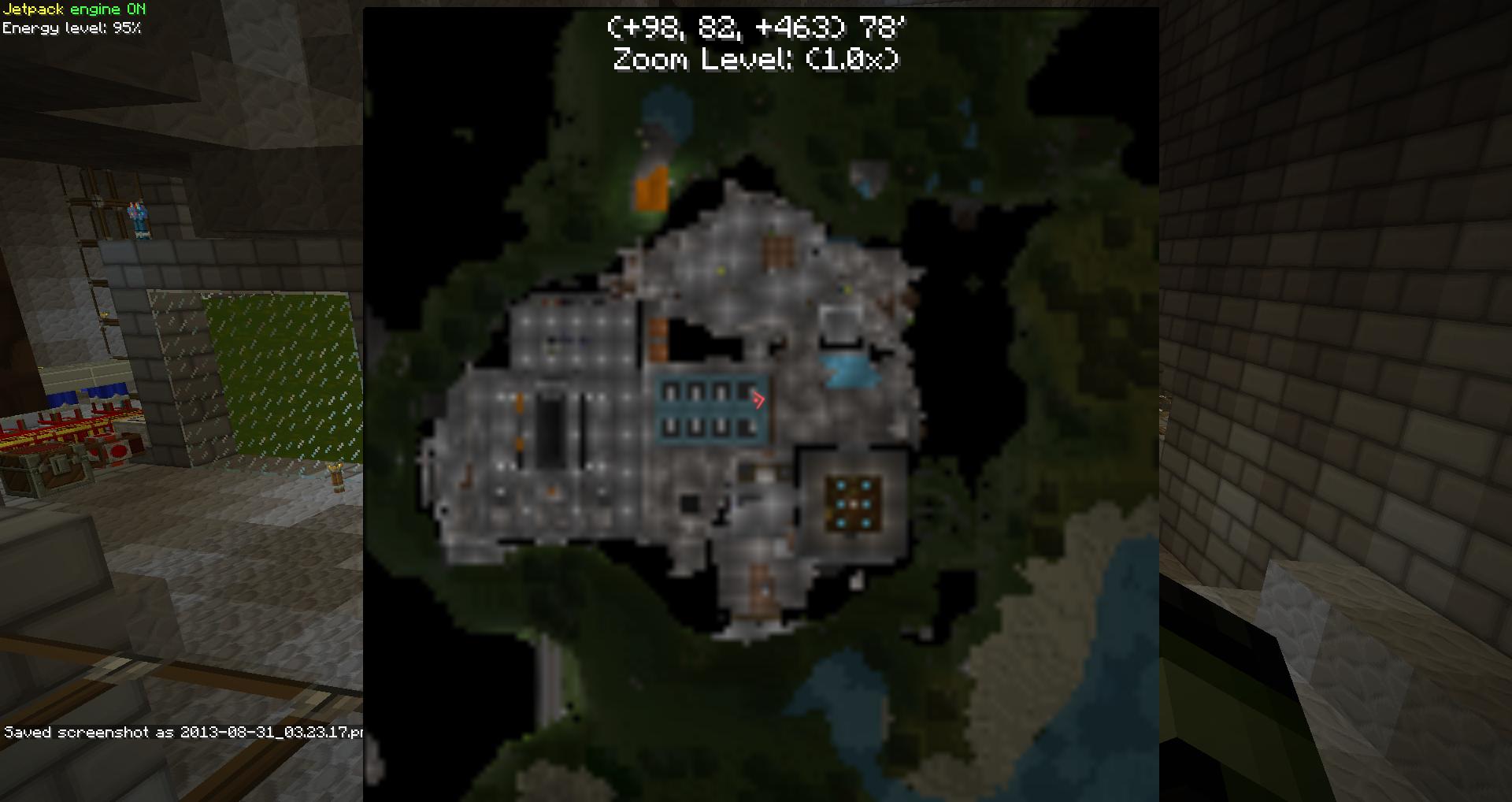
[2] Cost: This should be obvious, but optimizing a design such that it would give the "best bang for buck" is more involved than you might think. Depending on how you acquire resources the value of a given resource may vary. Including the time-varied acquisition of the resource as per your strategy (quarry, turtles, etc.). Examples of such considerations would include whether you wish to integrate your AE system into the system you are considering. AE materials aren't excessively valuable, but require time to accumulate. Projects that utilize a high volume of iridium should be optimized such that they utilize the blocks using these resources to its maximum. This also means designing the system such that you can achieve such optimization through testing/tweeking. Synonym: Non-Wasteful.
Very Efficient Utilization of Lasers:
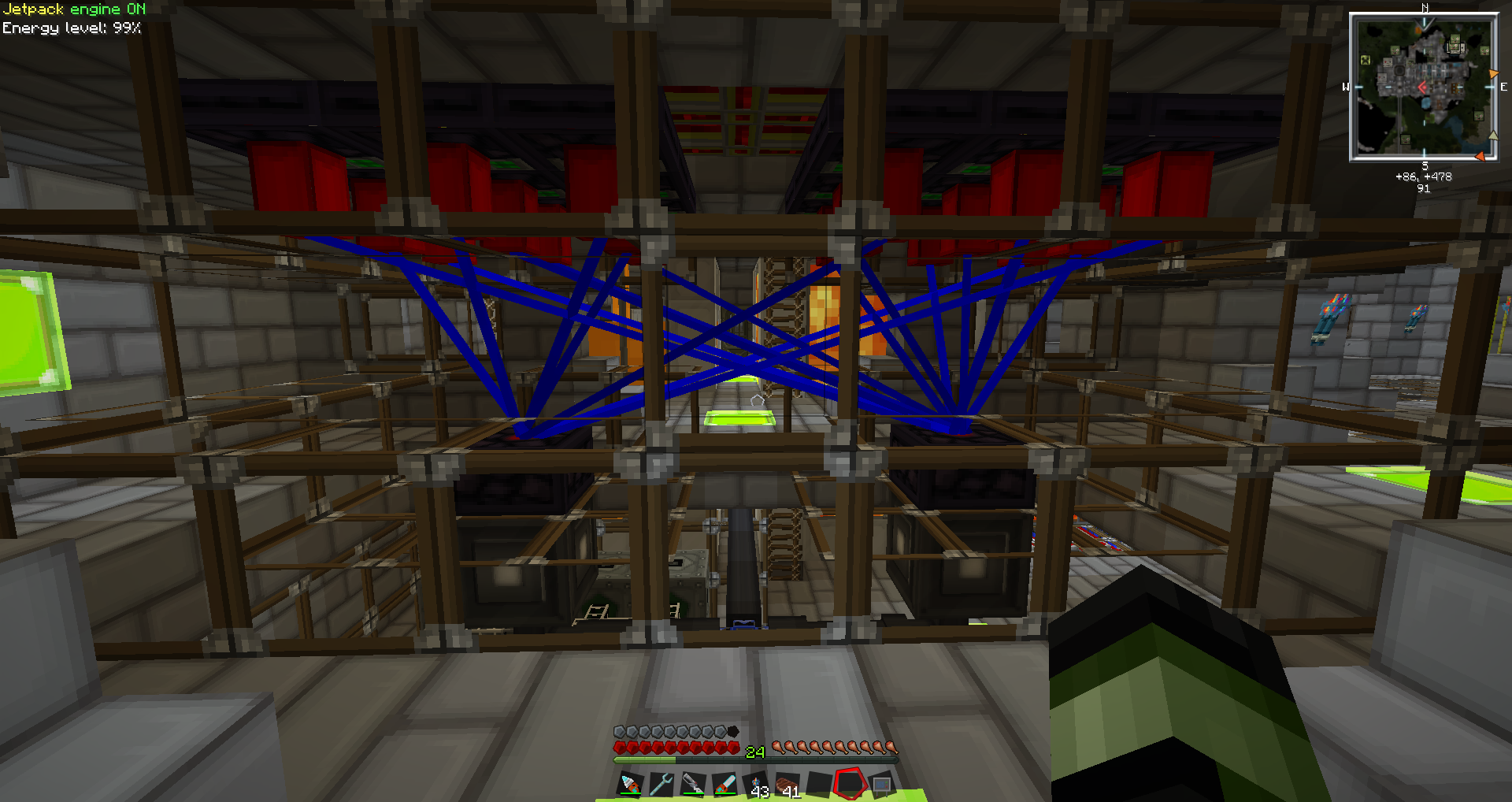
[3] Integration: A very important aspect of a system is whether it can be successfully integrated into your base. This goes back to accessibility as well. If it is located in a poor location, getting resources to that system might be cumbersome/expensive. Having items floating in transport pipes should be minimized for any case, as to keep the load on your computer as low as possible. If your system doesn't really provide much to enhance other parts of your base, its existence would need to be justified that much more. Usually I build my systems to synergize with one another. Synonym: Versatile/Purposeful.
[4] Scaling: A system should be able to grow as your needs grow. Whether it be increasing your energy production or your item processing, your systems should be designed in such a way that it can be expanded. This means leaving extra space or incorporating the ability to change your system such that it is more efficient. The best way to achieve this is to modulate your system. Every time you wish to expand your system you build another module. You know exactly the resources required to build each module and exactly its output. This is extremely useful in the process of design. Synonym: Upgradable.
Version 1.0 Lava Gen Module: (40 Combustion Engine -> 4 Magma Crucible)
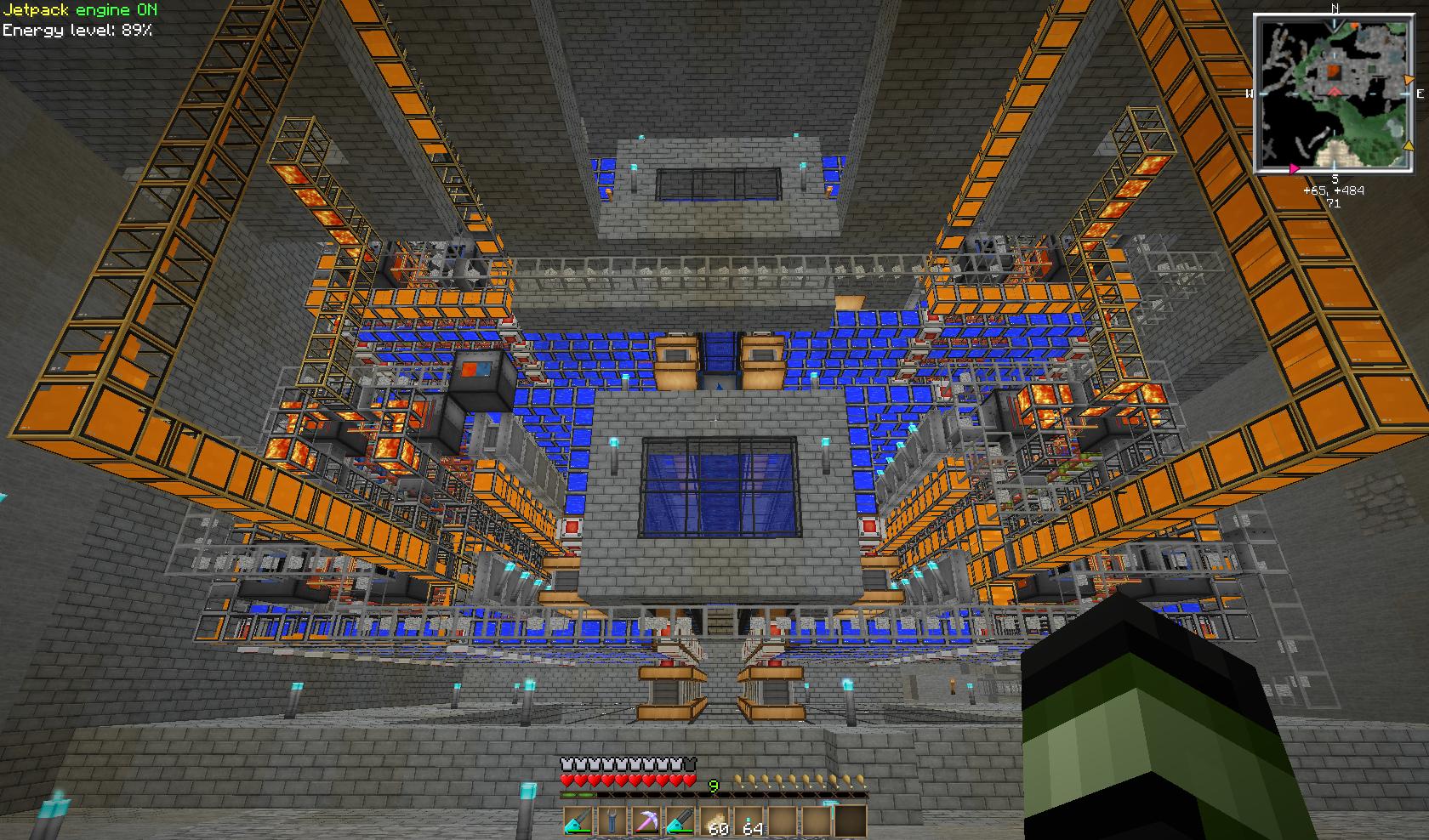
(These are side-by-side modules of the first picture, two layers)
Version 2.0 Lava Gen Module: (4 - 36HP Boiler -> 72 Industrial Steam Engines -> 20 Magma Crucible)
8boiler
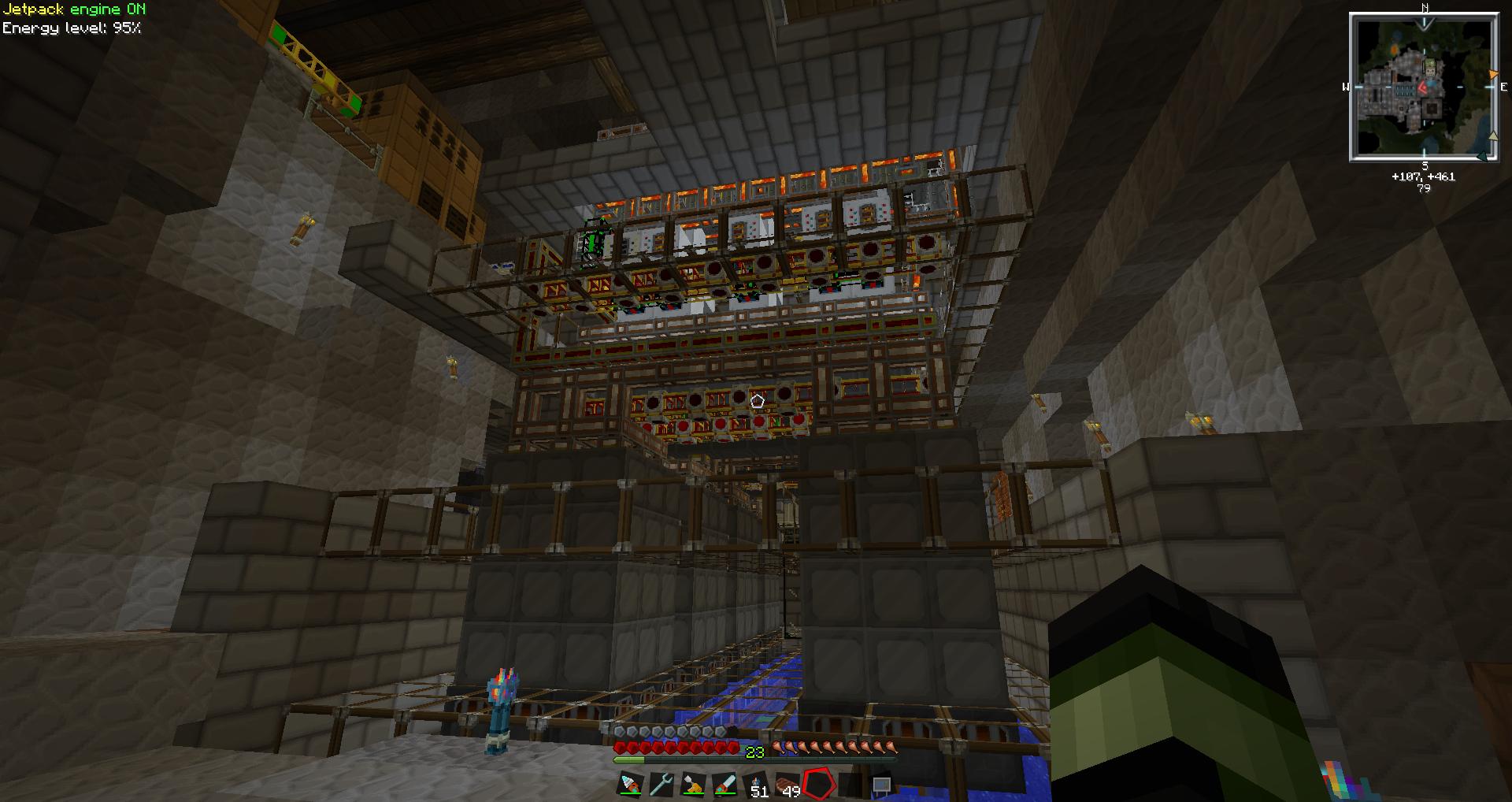
12boiler
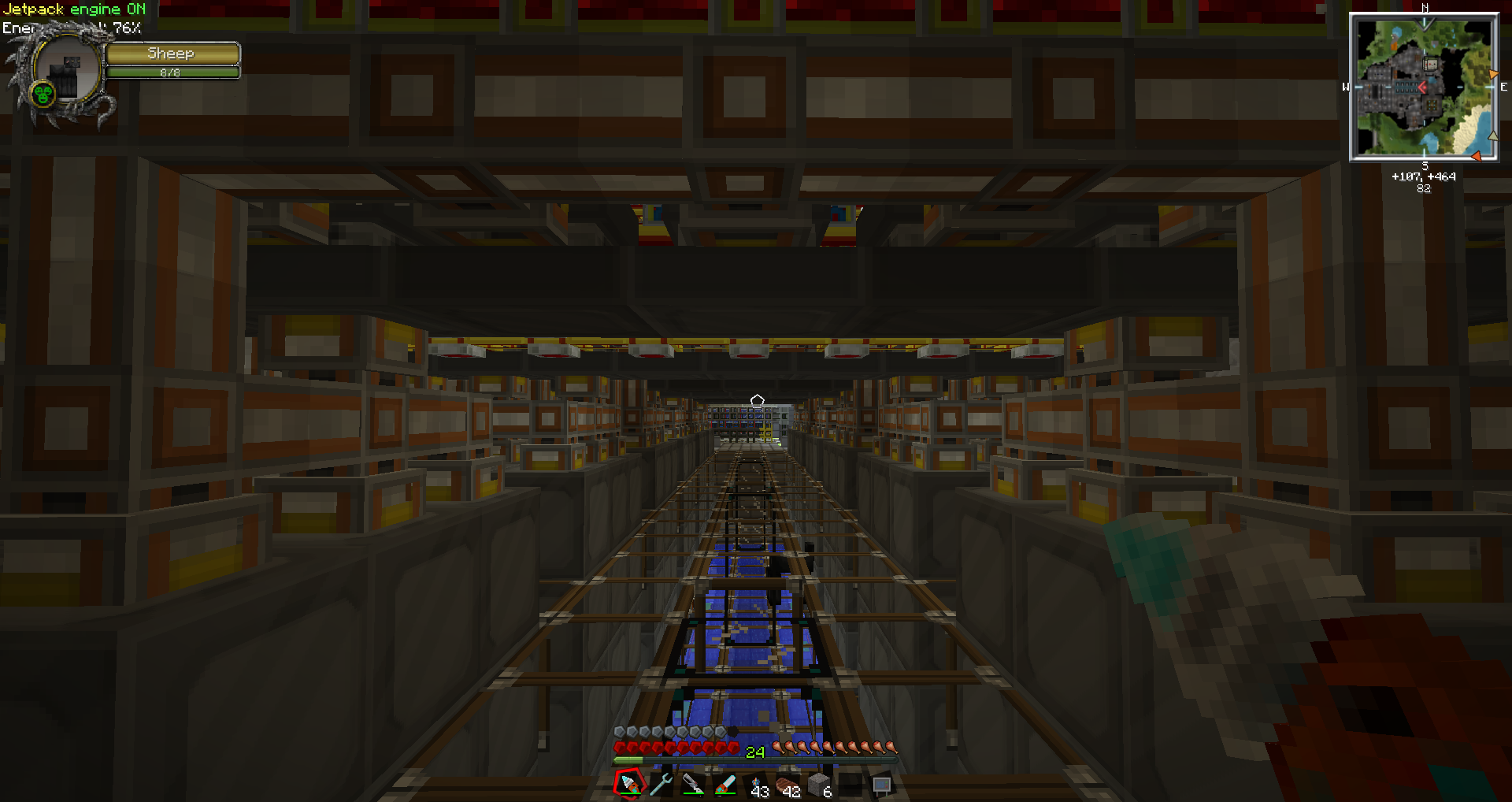
sideview

crucible1

crucible2

thermalgenerators
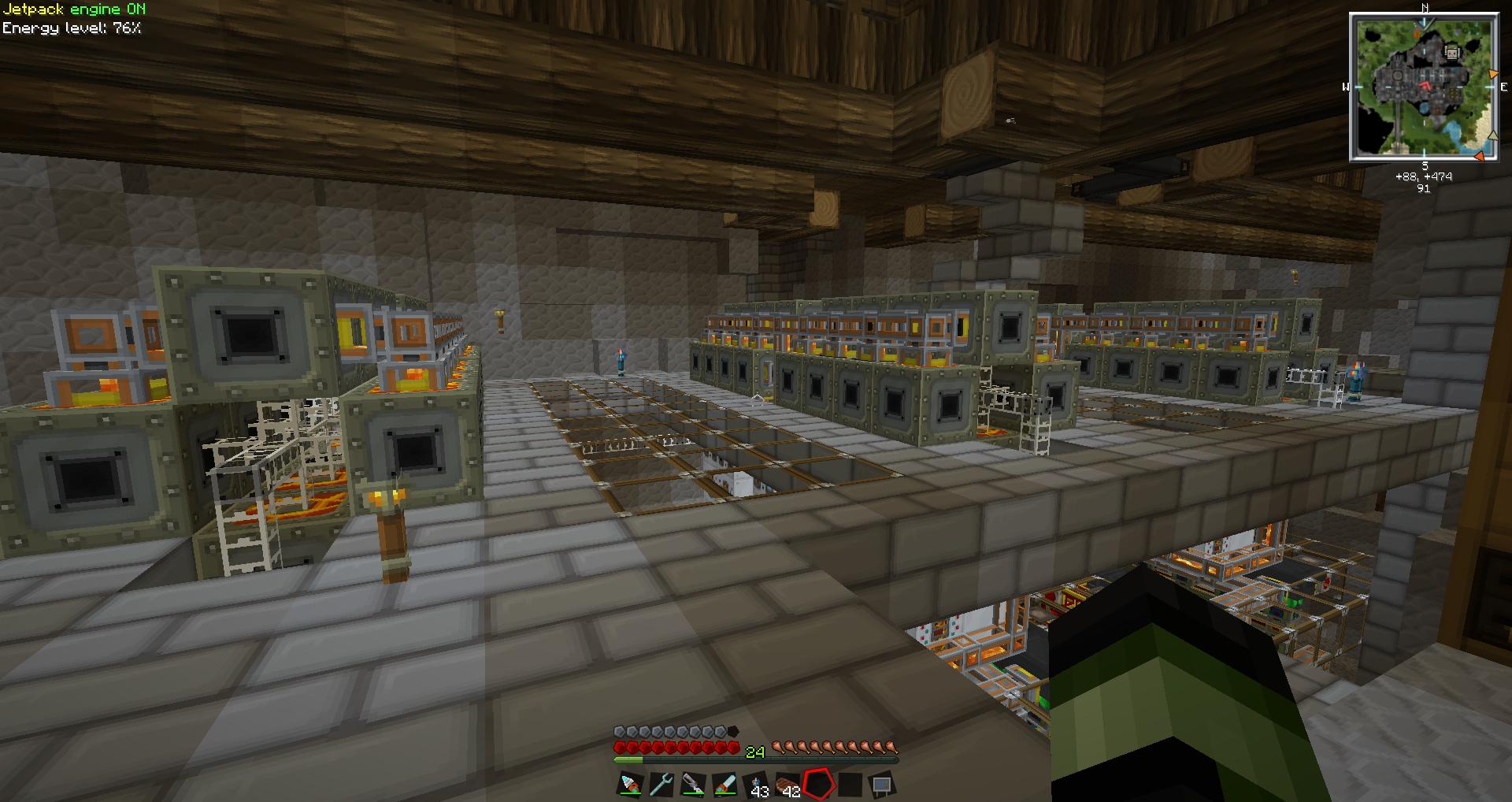
These are a few of the things I might consider when building a system. Main key points are its accessibility, upgrade-ability and its cost. Space is more of an issue for me because my base is inside of a mountain.
[1] Space: Space is the #1 most important key. Even if you're working in the outdoors (i.e. have unlimited space) your design will still take up space and the design should account for that. If your factory is too large, it might become to tedious to find errors/tweek your system. In my case, where I have limited room, space becomes an even bigger problem. It is more of an issue of trying to design a system that its space meets its purpose. If your system is needed to attach to other system, you may want to locate it in a central location such that it is easily accessible. Space includes (1) the efficiency in which it takes up space as per design (design it in a way that it isn't wasteful of space) and (2) is externally and internally accessible, such that you can access the innards should you need to make small changes and to allow for easy integration to outside systems.
Compact Design:

Underground Base:

[2] Cost: This should be obvious, but optimizing a design such that it would give the "best bang for buck" is more involved than you might think. Depending on how you acquire resources the value of a given resource may vary. Including the time-varied acquisition of the resource as per your strategy (quarry, turtles, etc.). Examples of such considerations would include whether you wish to integrate your AE system into the system you are considering. AE materials aren't excessively valuable, but require time to accumulate. Projects that utilize a high volume of iridium should be optimized such that they utilize the blocks using these resources to its maximum. This also means designing the system such that you can achieve such optimization through testing/tweeking. Synonym: Non-Wasteful.
Very Efficient Utilization of Lasers:

[3] Integration: A very important aspect of a system is whether it can be successfully integrated into your base. This goes back to accessibility as well. If it is located in a poor location, getting resources to that system might be cumbersome/expensive. Having items floating in transport pipes should be minimized for any case, as to keep the load on your computer as low as possible. If your system doesn't really provide much to enhance other parts of your base, its existence would need to be justified that much more. Usually I build my systems to synergize with one another. Synonym: Versatile/Purposeful.
[4] Scaling: A system should be able to grow as your needs grow. Whether it be increasing your energy production or your item processing, your systems should be designed in such a way that it can be expanded. This means leaving extra space or incorporating the ability to change your system such that it is more efficient. The best way to achieve this is to modulate your system. Every time you wish to expand your system you build another module. You know exactly the resources required to build each module and exactly its output. This is extremely useful in the process of design. Synonym: Upgradable.
Version 1.0 Lava Gen Module: (40 Combustion Engine -> 4 Magma Crucible)

(These are side-by-side modules of the first picture, two layers)
Version 2.0 Lava Gen Module: (4 - 36HP Boiler -> 72 Industrial Steam Engines -> 20 Magma Crucible)
8boiler

12boiler

sideview

crucible1

crucible2

thermalgenerators

These are a few of the things I might consider when building a system. Main key points are its accessibility, upgrade-ability and its cost. Space is more of an issue for me because my base is inside of a mountain.
There are many considerations:
[1] Space: Space is the #1 most important key. Even if you're working in the outdoors (i.e. have unlimited space) your design will still take up space and the design should account for that. If your factory is too large, it might become to tedious to find errors/tweek your system. In my case, where I have limited room, space becomes an even bigger problem. It is more of an issue of trying to design a system that its space meets its purpose. If your system is needed to attach to other system, you may want to locate it in a central location such that it is easily accessible. Space includes (1) the efficiency in which it takes up space as per design (design it in a way that it isn't wasteful of space) and (2) is externally and internally accessible, such that you can access the innards should you need to make small changes and to allow for easy integration to outside systems.
Compact Design:

Underground Base:

[2] Cost: This should be obvious, but optimizing a design such that it would give the "best bang for buck" is more involved than you might think. Depending on how you acquire resources the value of a given resource may vary. Including the time-varied acquisition of the resource as per your strategy (quarry, turtles, etc.). Examples of such considerations would include whether you wish to integrate your AE system into the system you are considering. AE materials aren't excessively valuable, but require time to accumulate. Projects that utilize a high volume of iridium should be optimized such that they utilize the blocks using these resources to its maximum. This also means designing the system such that you can achieve such optimization through testing/tweeking. Synonym: Non-Wasteful.
Very Efficient Utilization of Lasers:

[3] Integration: A very important aspect of a system is whether it can be successfully integrated into your base. This goes back to accessibility as well. If it is located in a poor location, getting resources to that system might be cumbersome/expensive. Having items floating in transport pipes should be minimized for any case, as to keep the load on your computer as low as possible. If your system doesn't really provide much to enhance other parts of your base, its existence would need to be justified that much more. Usually I build my systems to synergize with one another. Synonym: Versatile/Purposeful.
[4] Scaling: A system should be able to grow as your needs grow. Whether it be increasing your energy production or your item processing, your systems should be designed in such a way that it can be expanded. This means leaving extra space or incorporating the ability to change your system such that it is more efficient. The best way to achieve this is to modulate your system. Every time you wish to expand your system you build another module. You know exactly the resources required to build each module and exactly its output. This is extremely useful in the process of design. Synonym: Upgradable.
Version 1.0 Lava Gen Module: (40 Combustion Engine -> 4 Magma Crucible)

(These are side-by-side modules of the first picture, two layers)
Version 2.0 Lava Gen Module: (4 - 36HP Boiler -> 72 Industrial Steam Engines -> 20 Magma Crucible)
8boiler

12boiler

sideview

crucible1

crucible2

thermalgenerators

These are a few of the things I might consider when building a system. Main key points are its accessibility, upgrade-ability and its cost. Space is more of an issue for me because my base is inside of a mountain.
Are you just using the same pictures everywhere? Third time I've seen these photos
OT: I take a lot of time on picking my area, then I go from there. Plans go in small steps. I'm currently at the "plan what to actually build" stage, I've got the location and theme I want and even a small back story for it. What to build though... still a blank.
